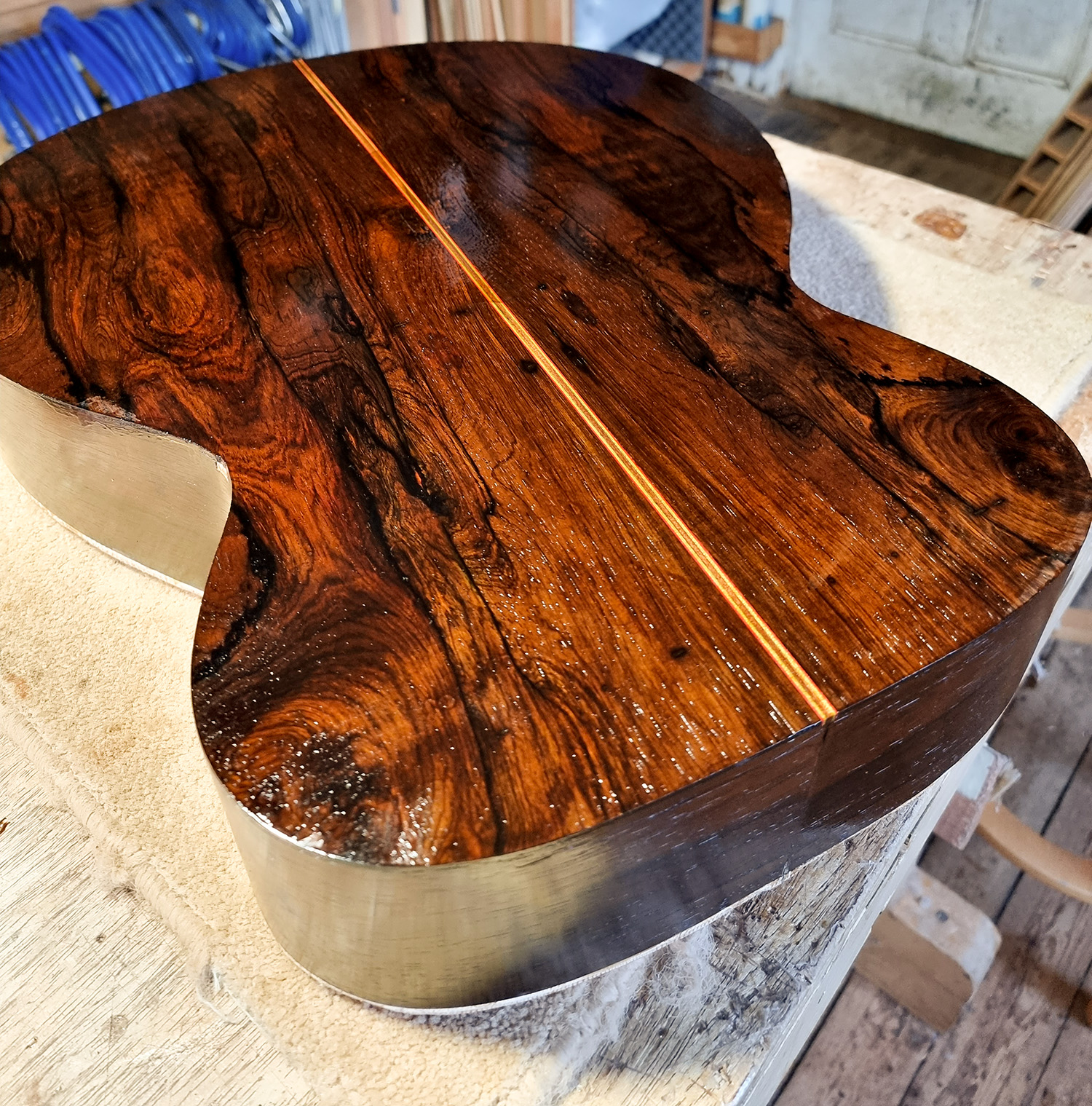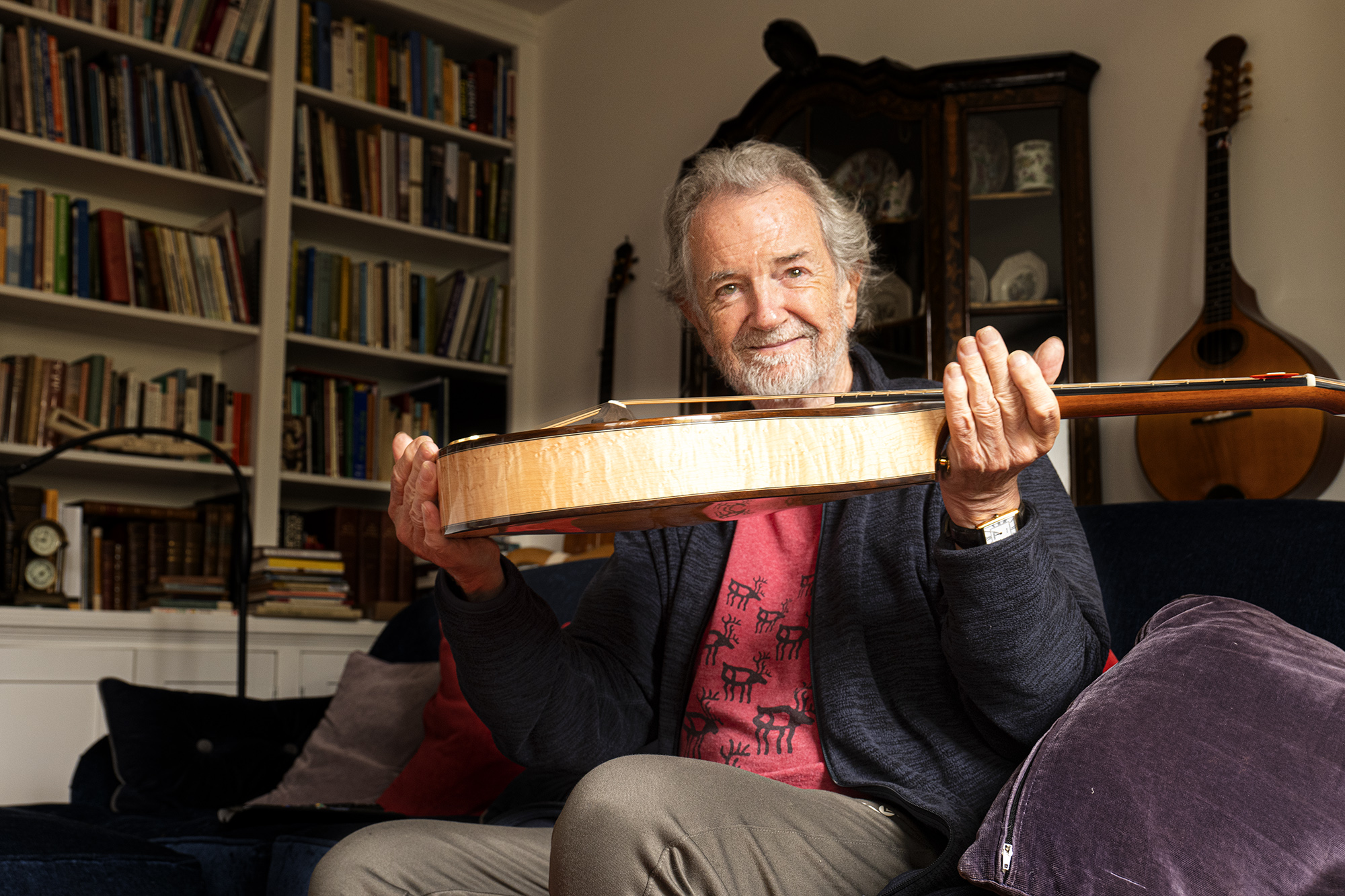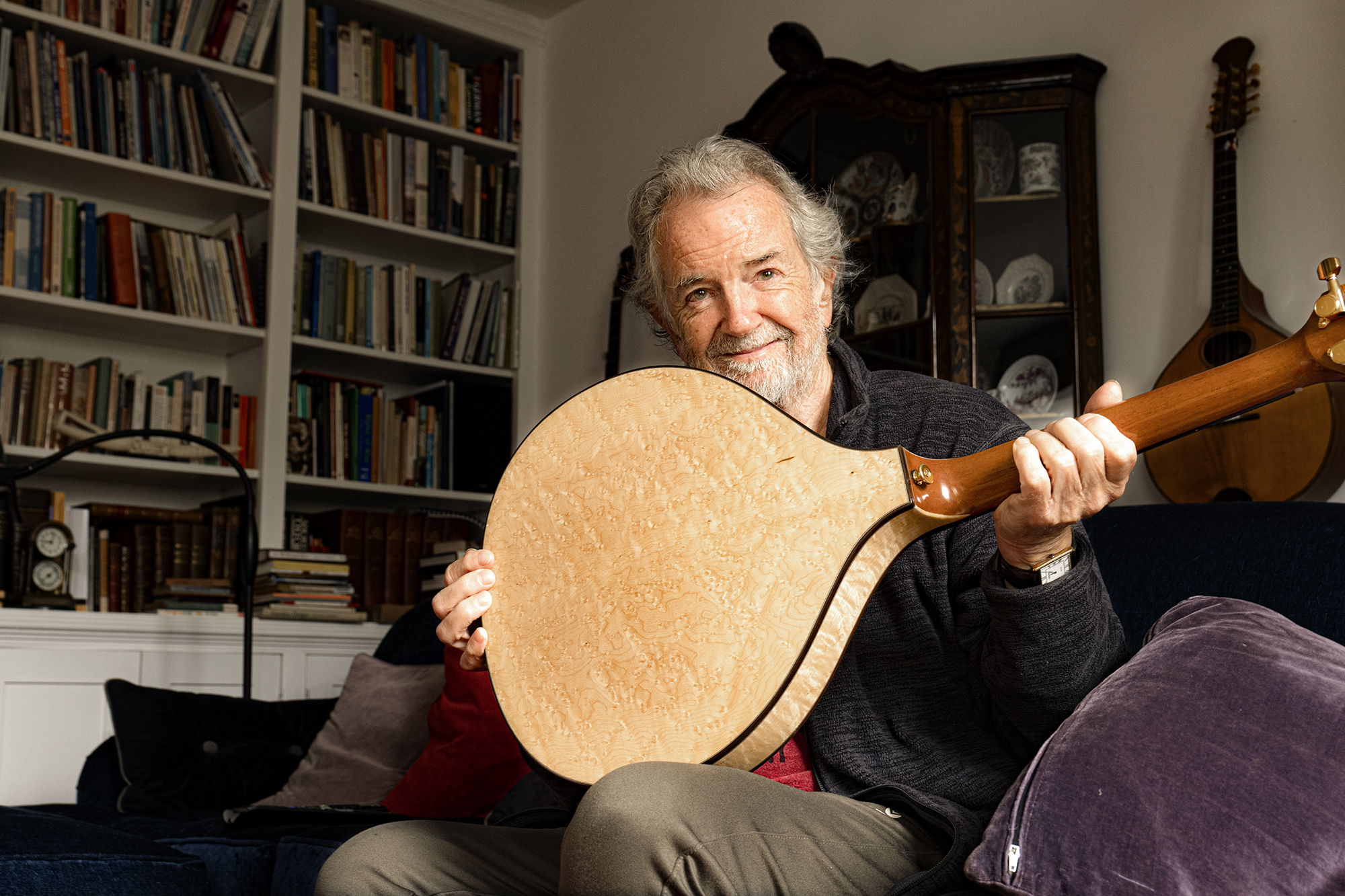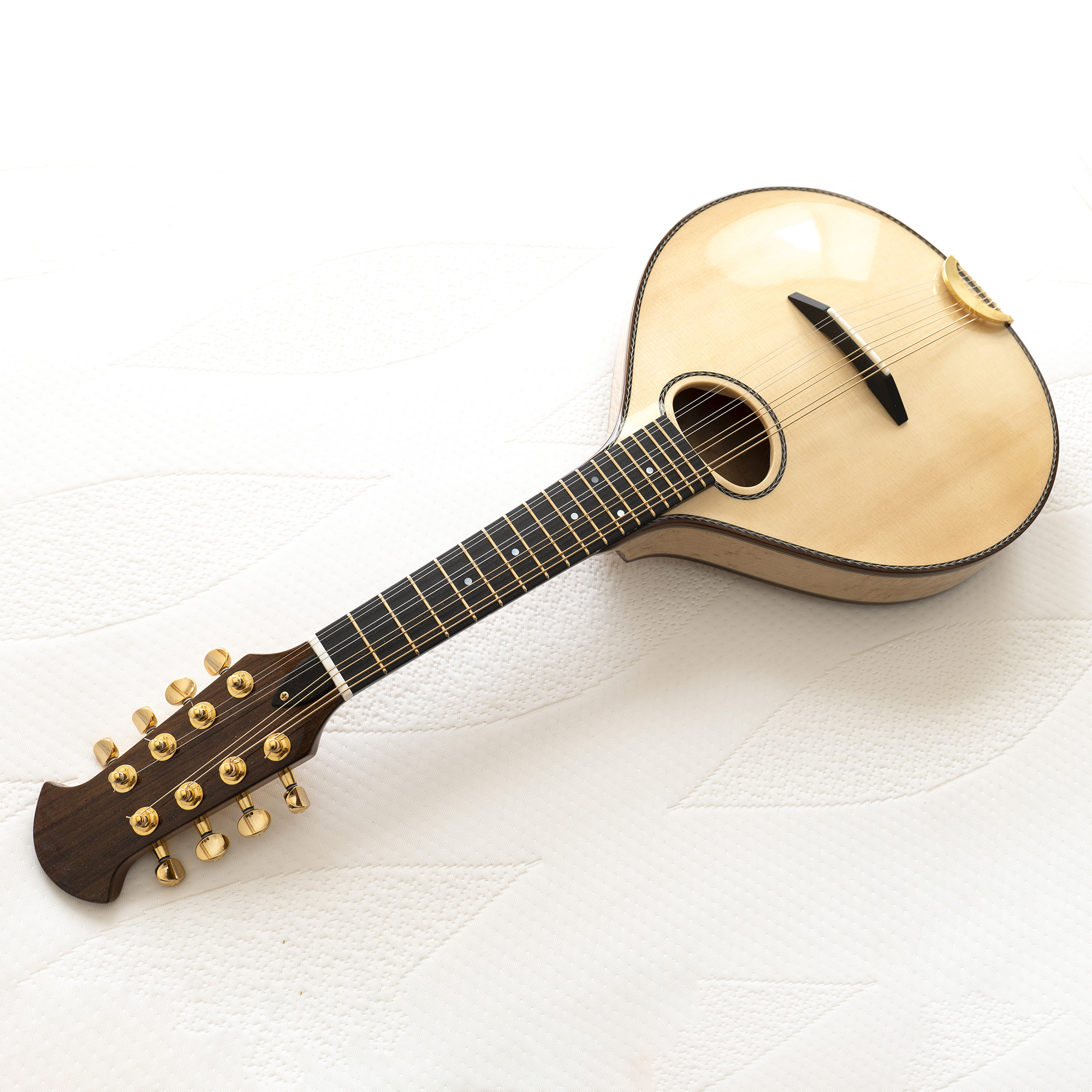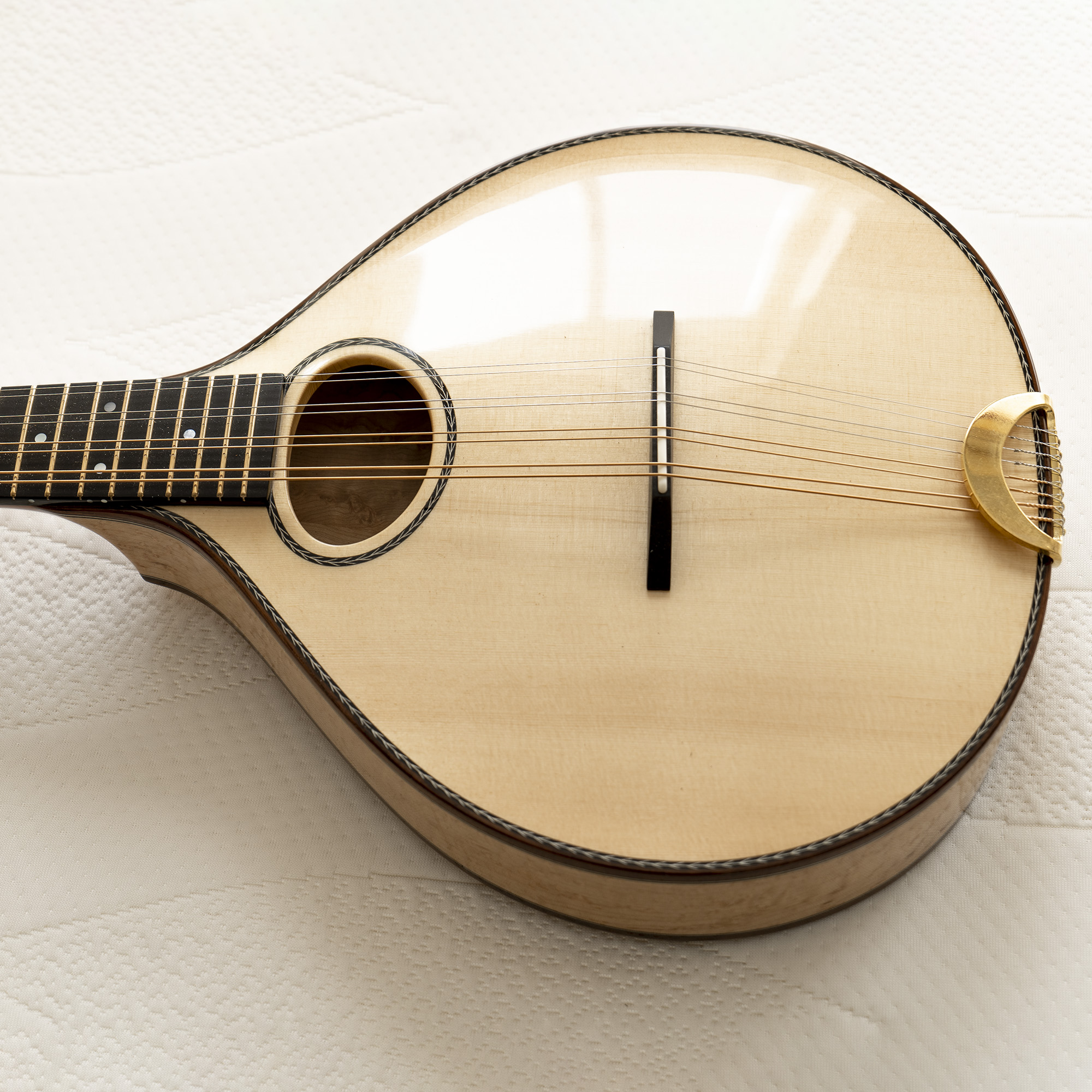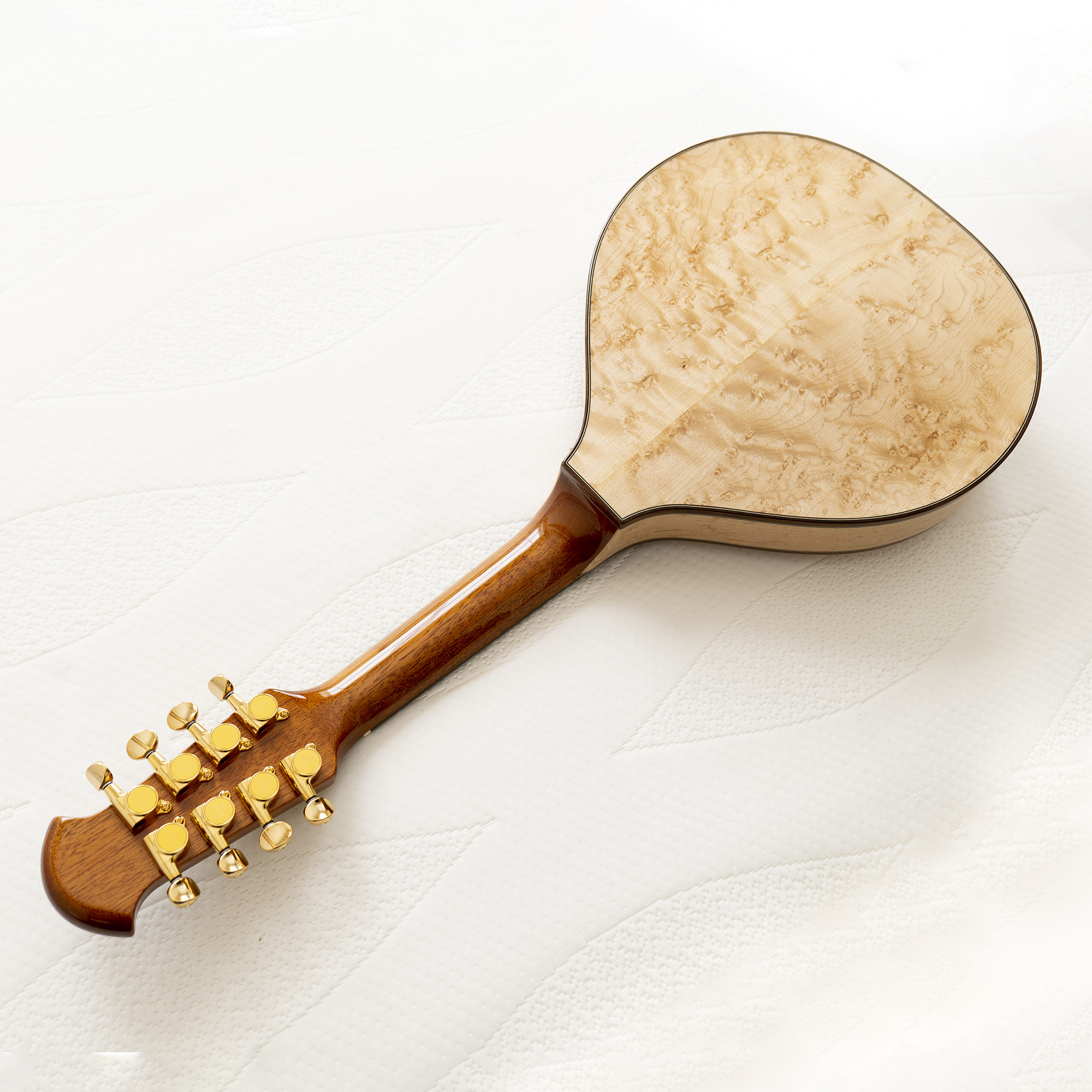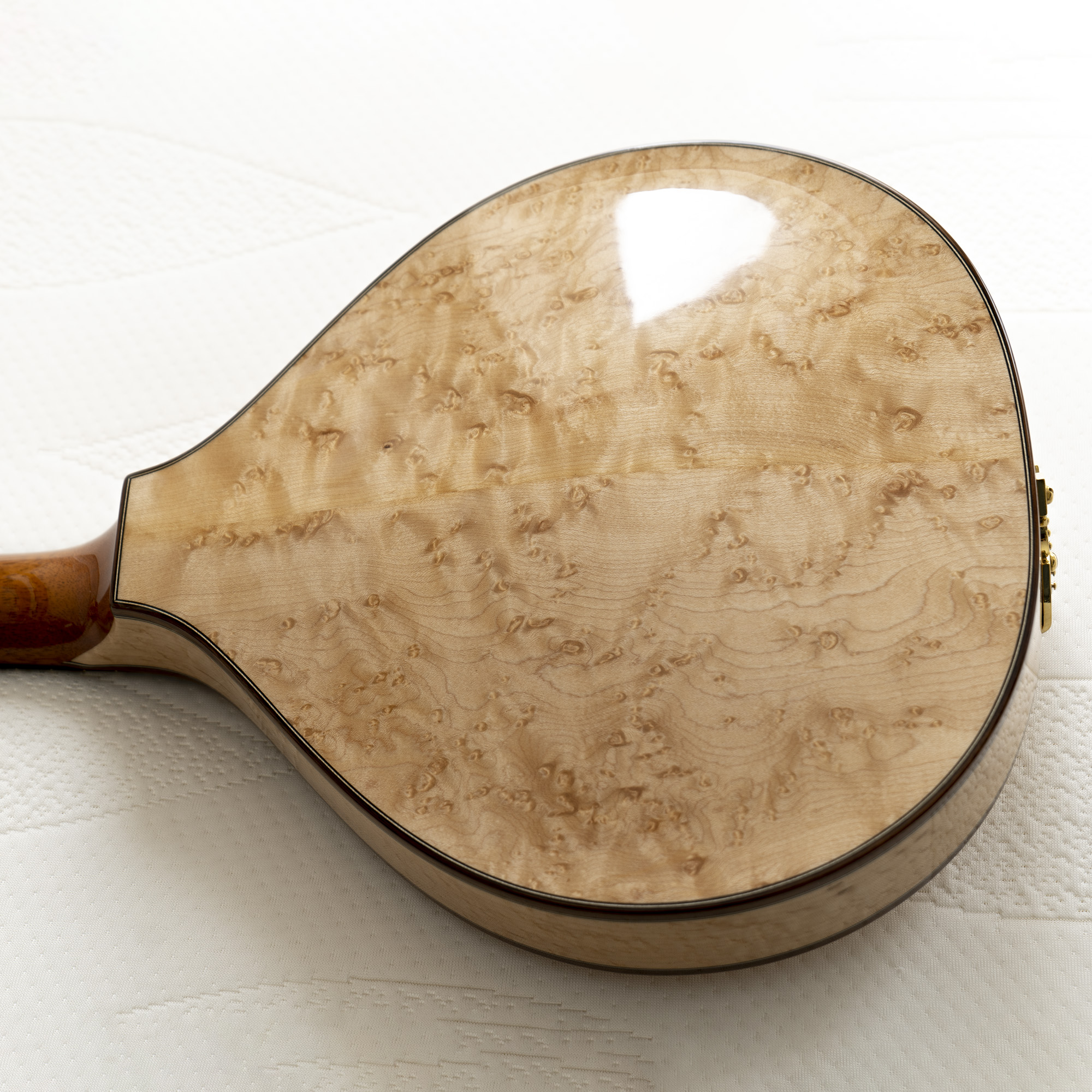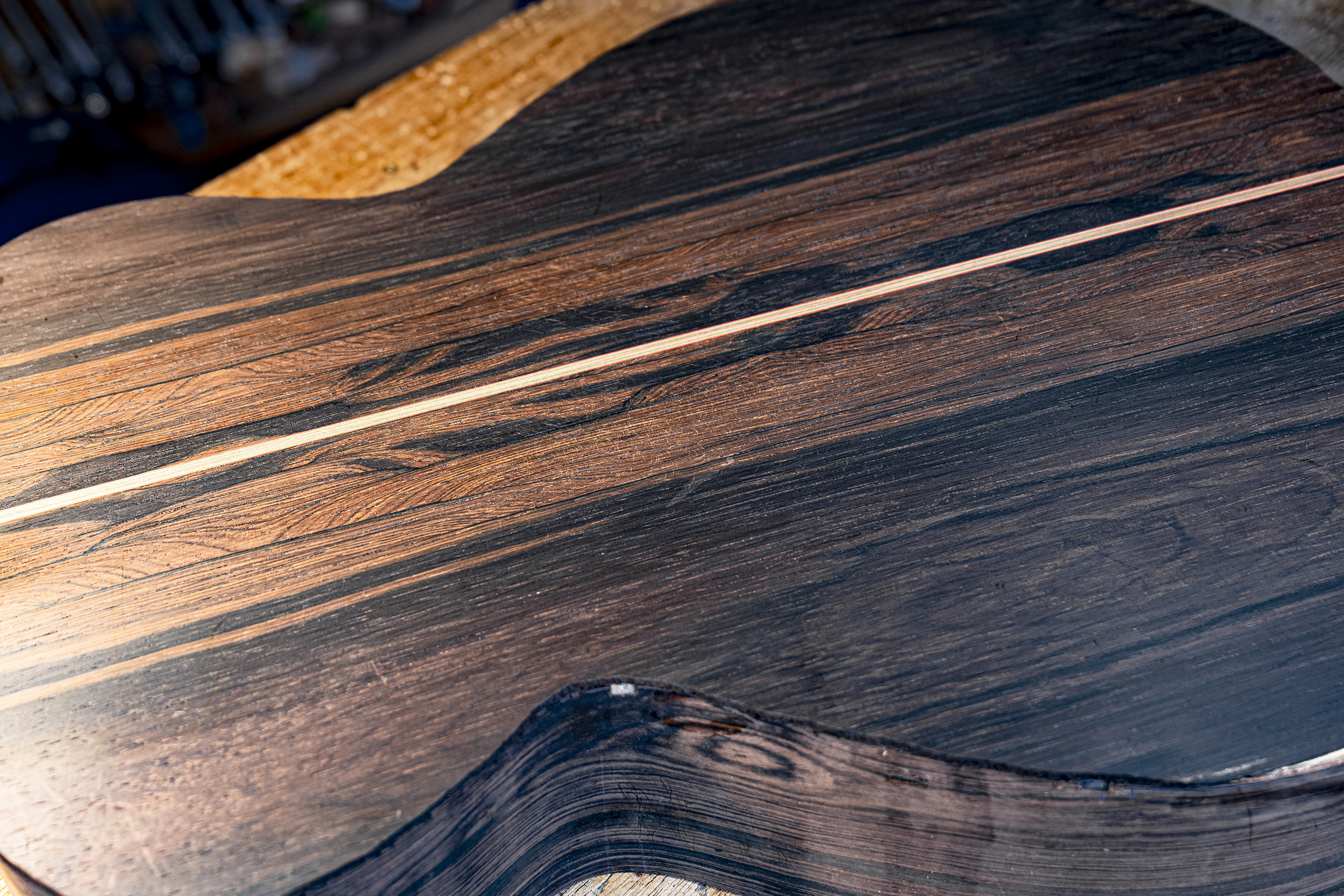Museum piece
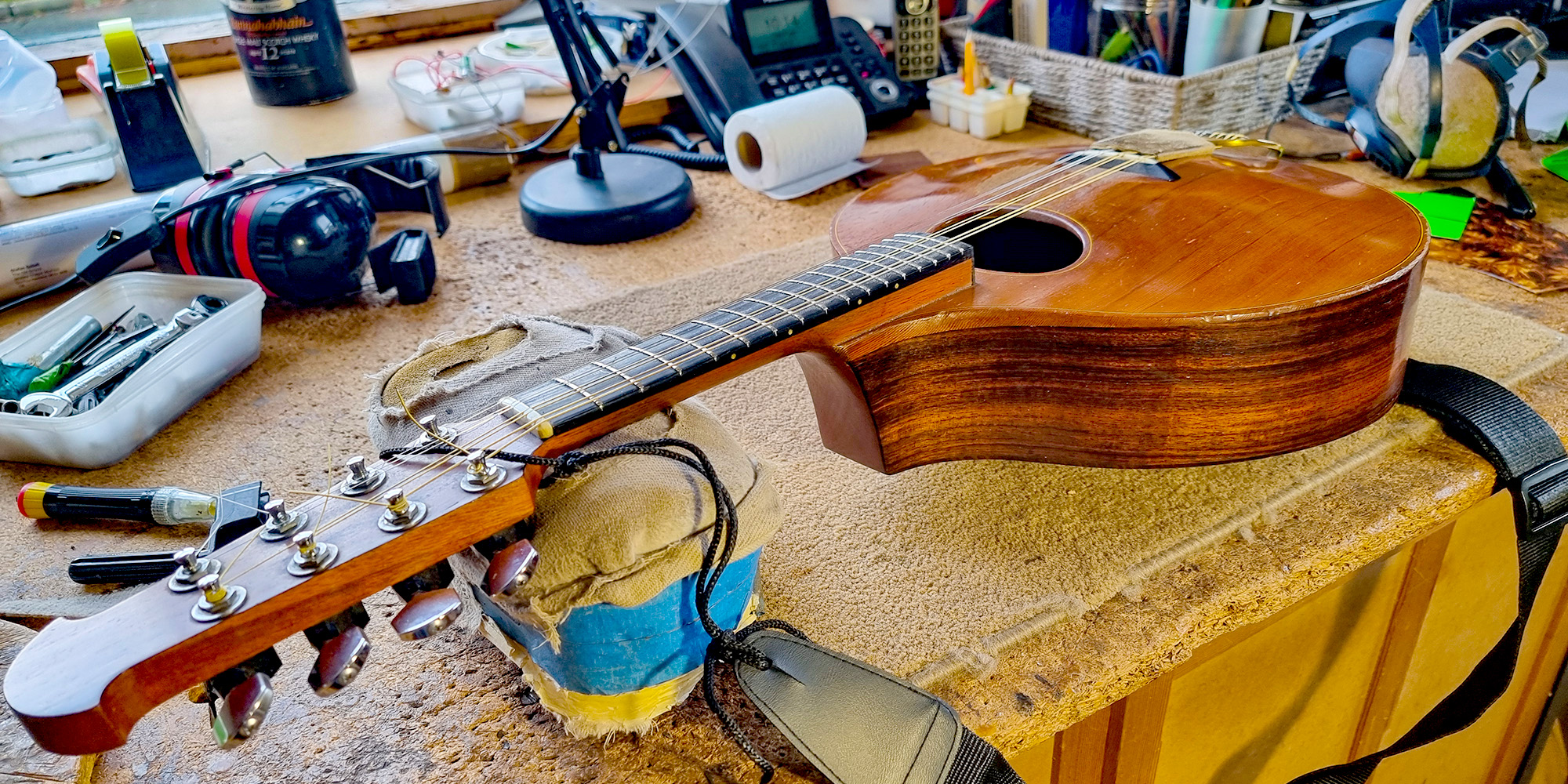
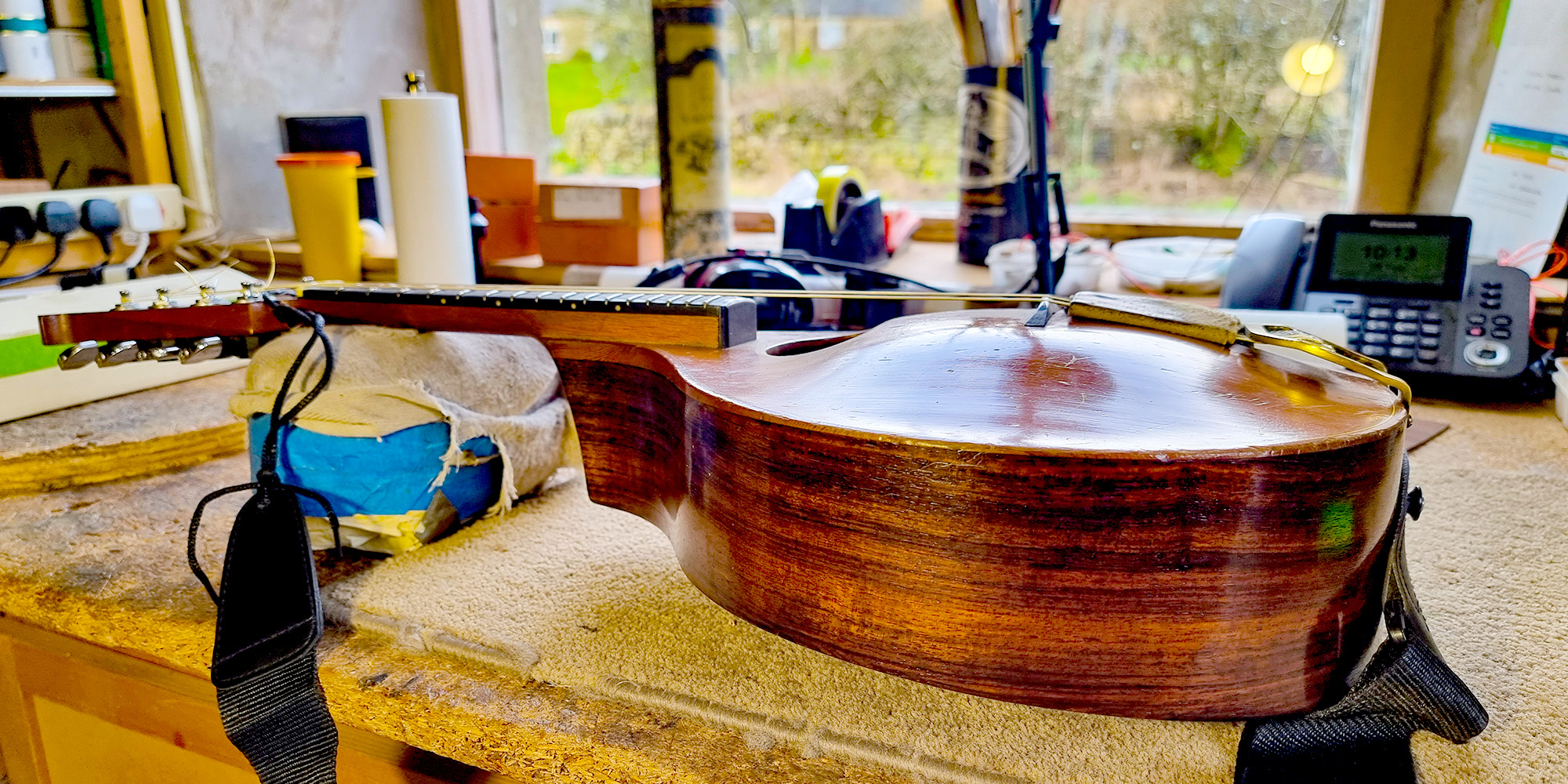
.
Joseph McKeever from Dublin brought his mandolin to me for a new nut; he bought the mandolin from Kieren Curren of Altan many years ago.
The label is a Turf House label; I worked from Turf House from 1975 until 1979. This mandolin had steel strips built into the neck (and is absolutely straight) rather than the later adjustable truss rods, meaning the mandolin was built earlier rather than later. And looking at it, I would say it’s very early, probably built soon after summer 1975. I expect Kieren will know.
It’s had a refret and the bridge has been lowered somewhat, but it’s otherwise completely original and perfectly sound. Lovely to see such an early mandolin in such good condition.
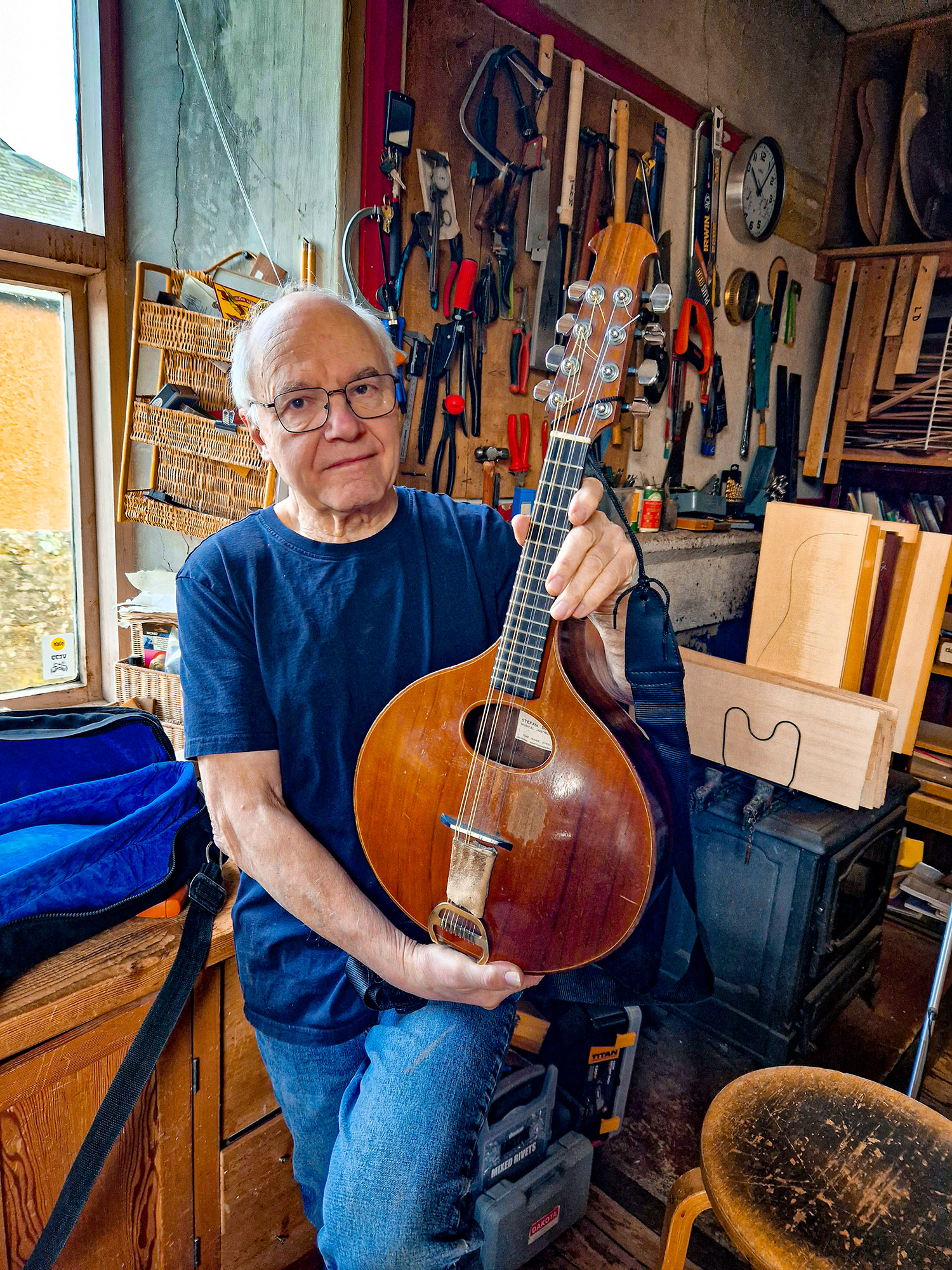 With the mandolin I built nearly 50 years ago
With the mandolin I built nearly 50 years ago

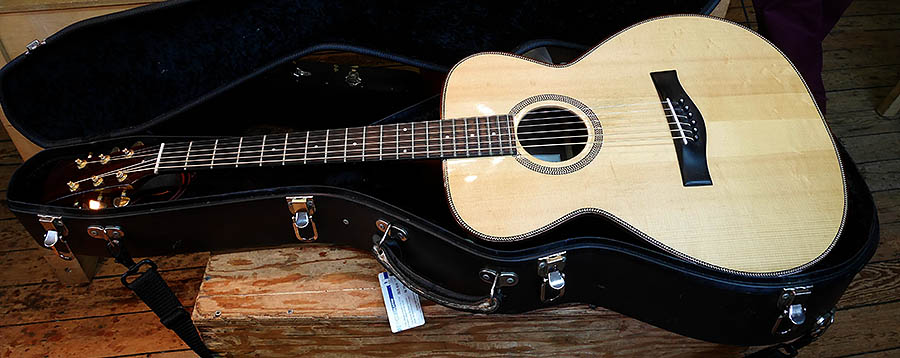
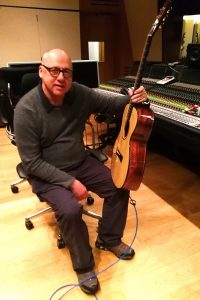
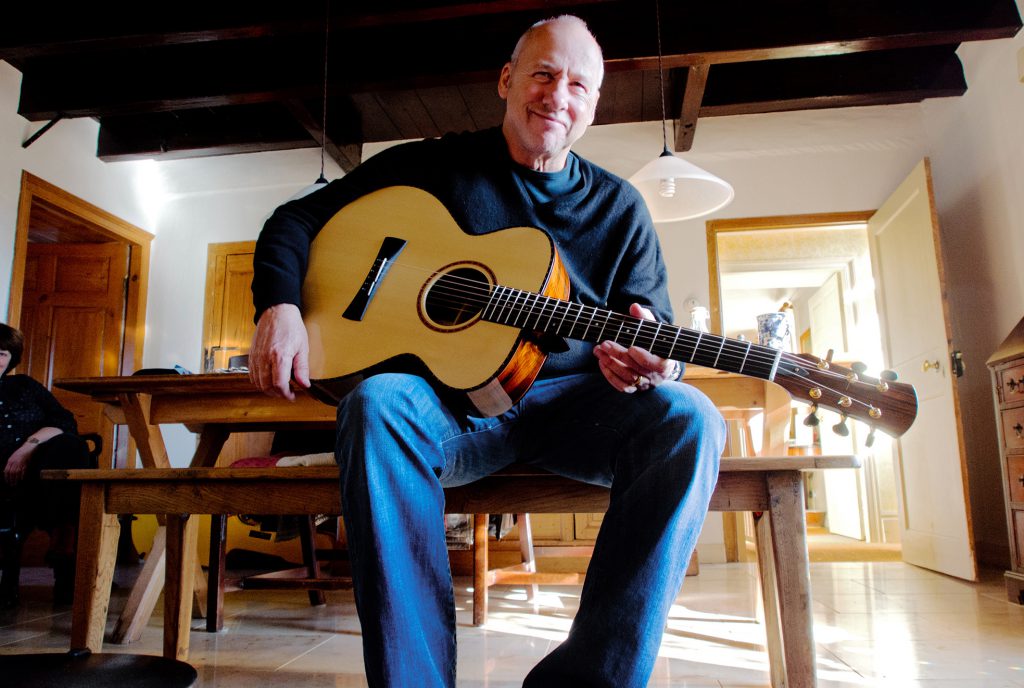
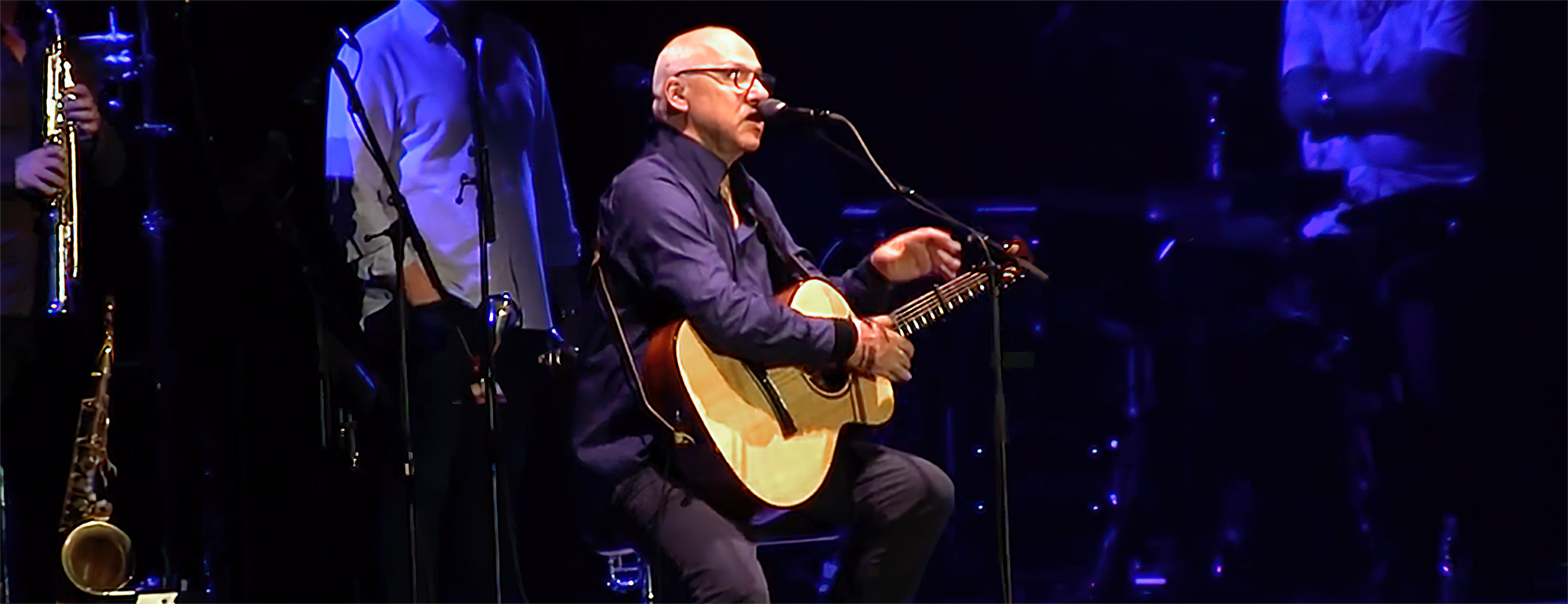
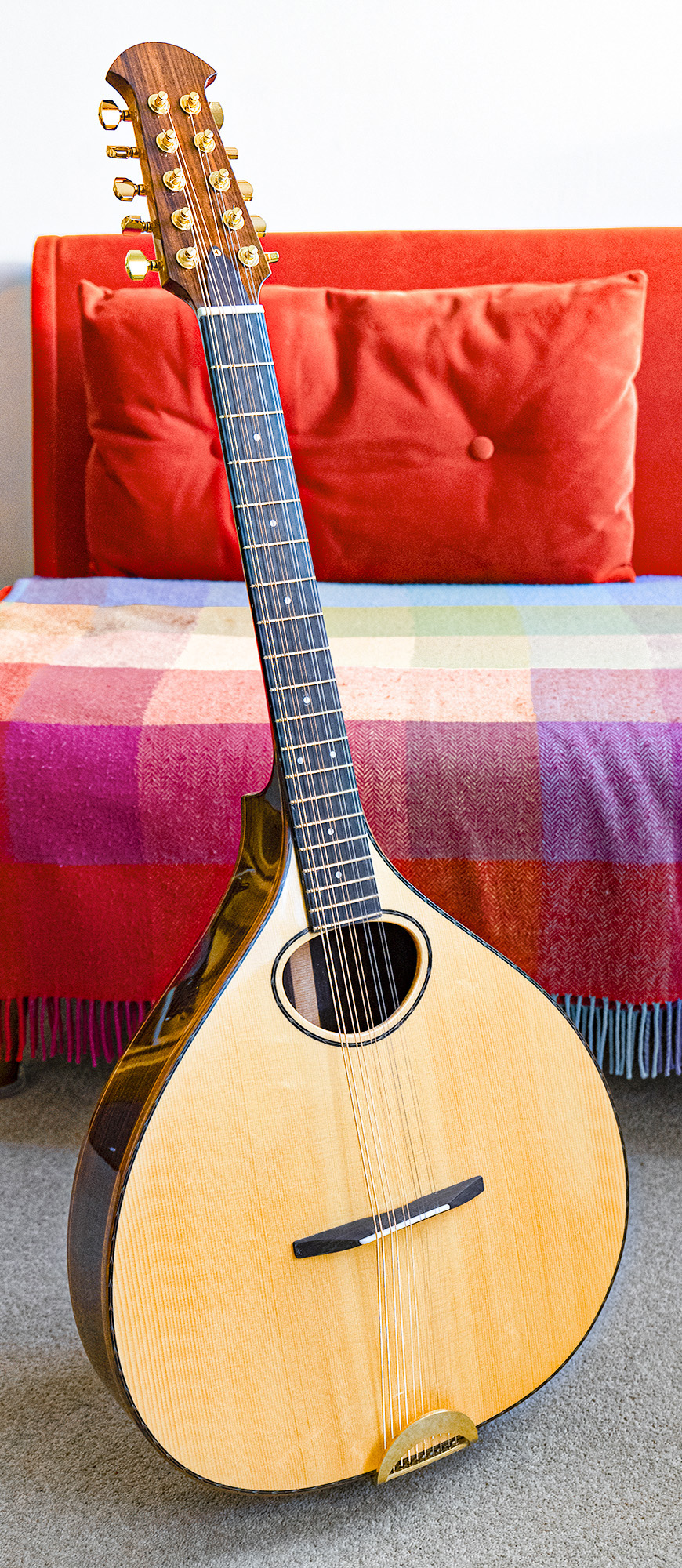
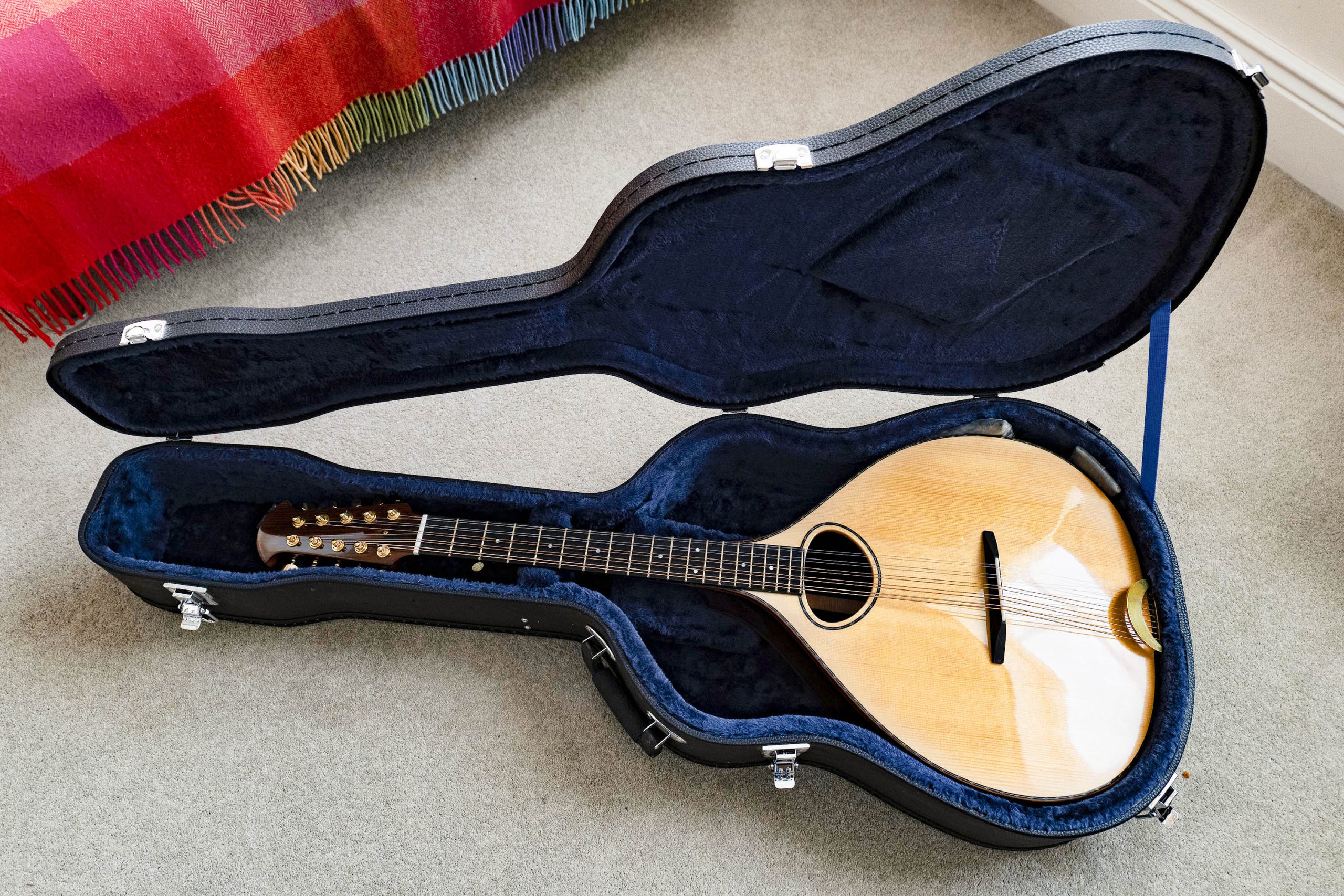
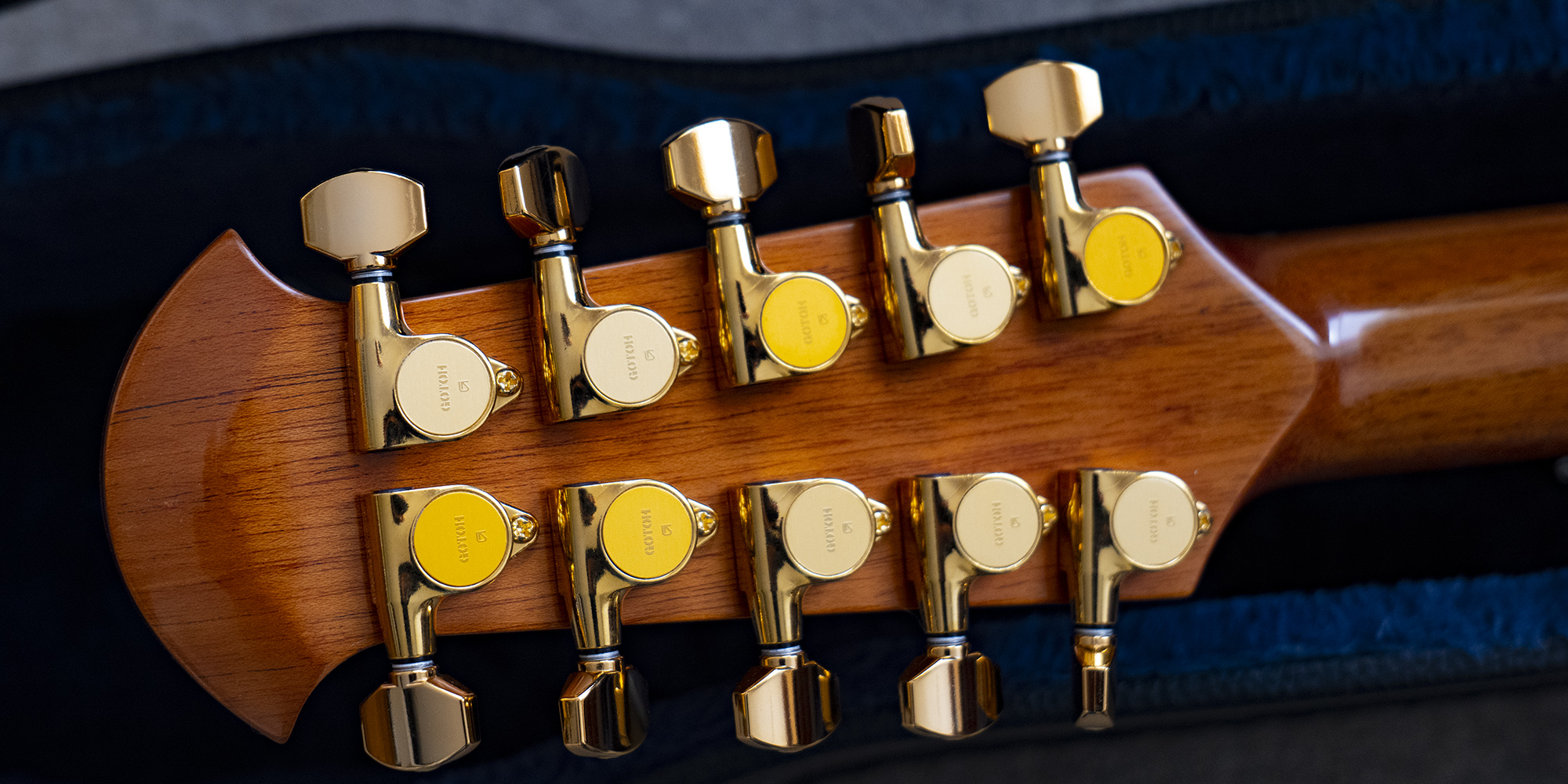
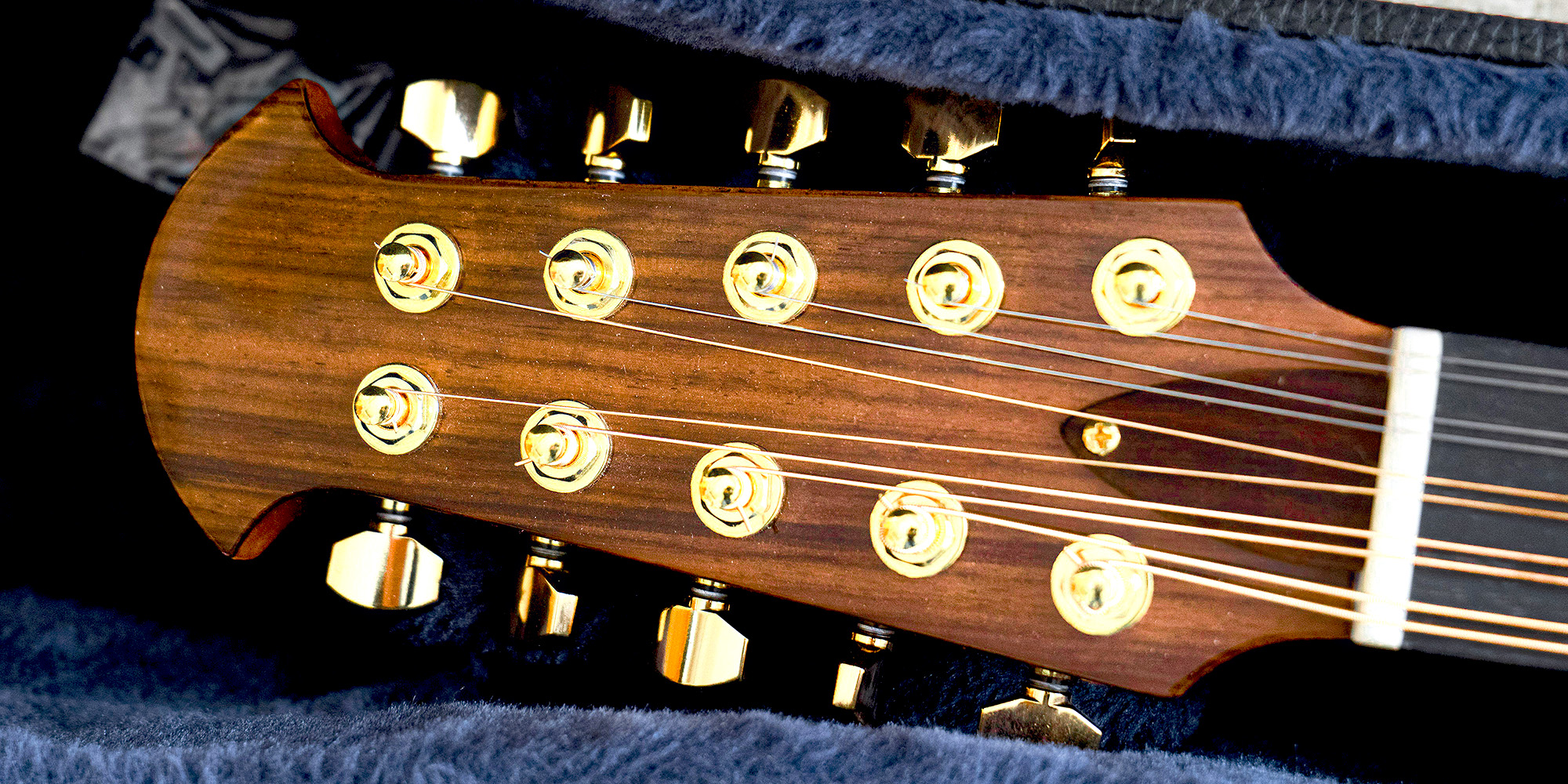
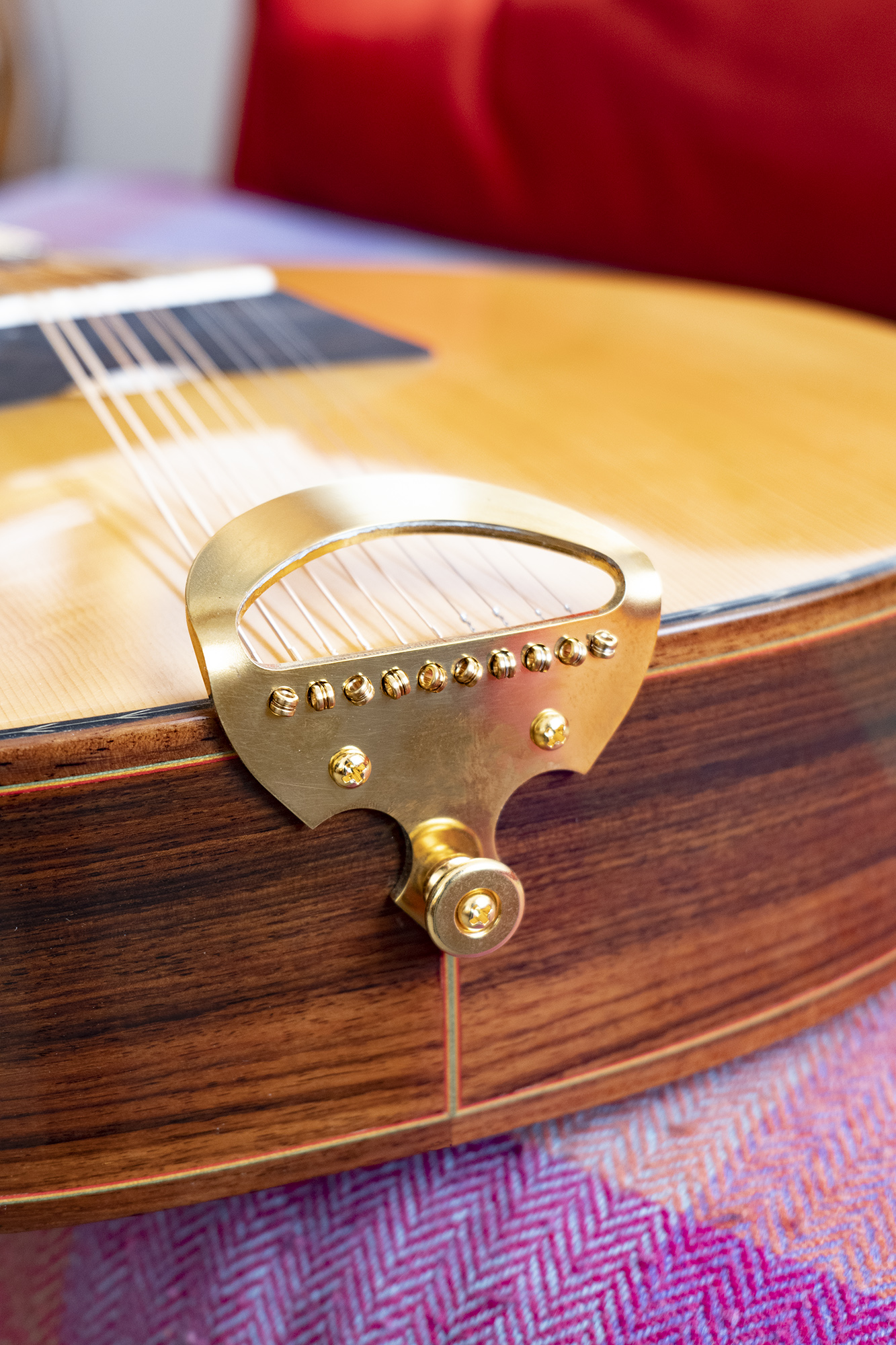
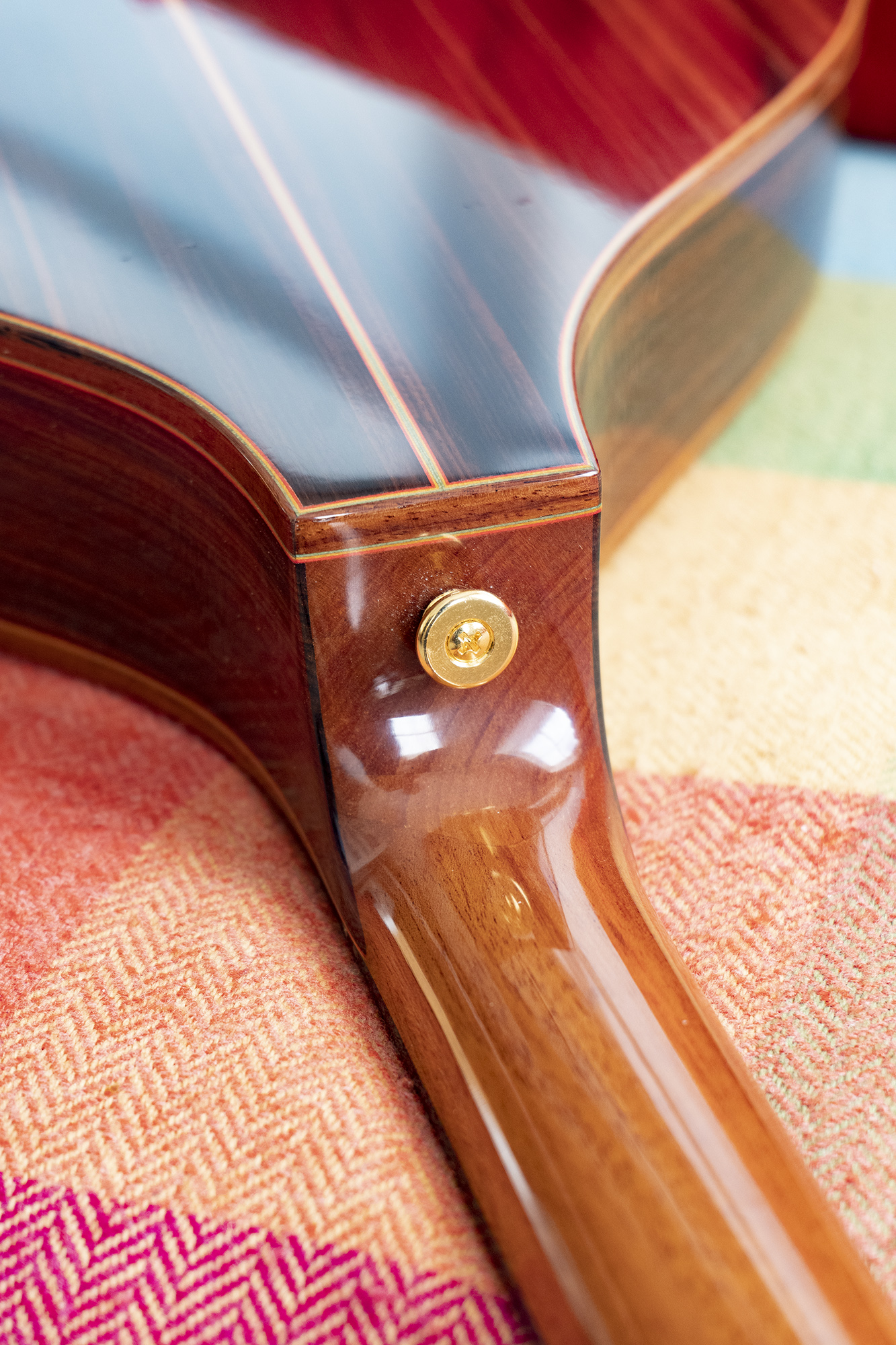
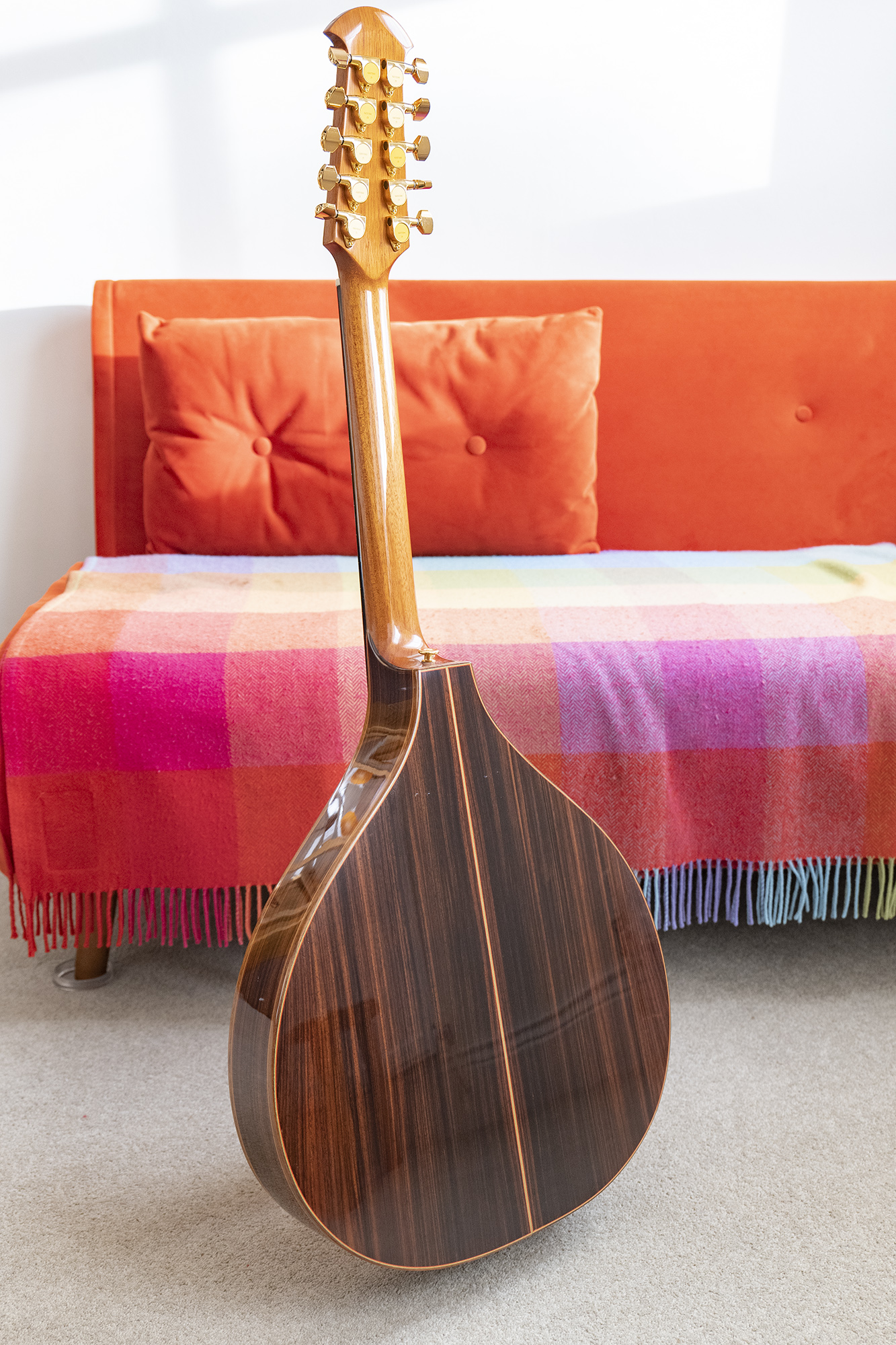
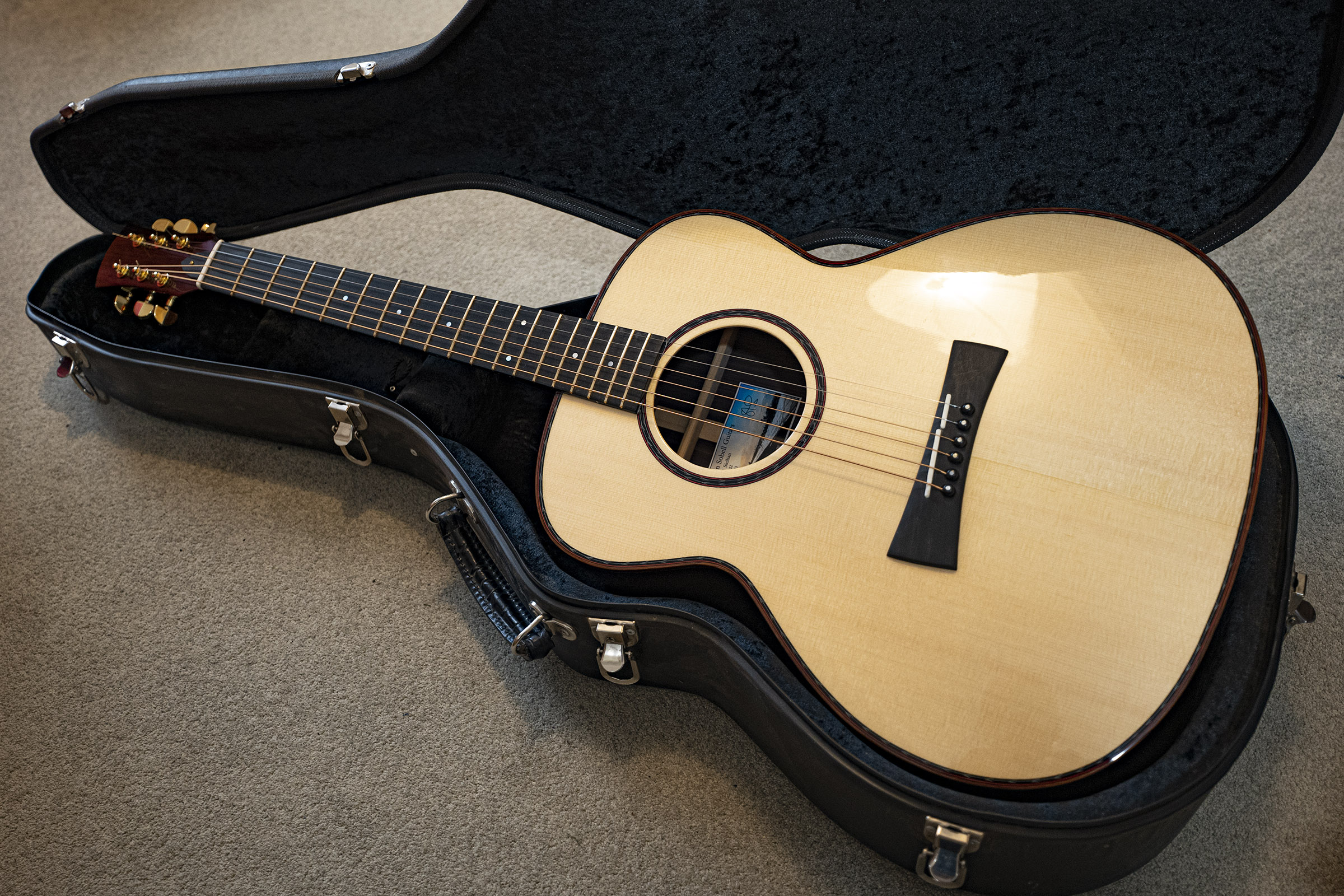 Click for full size image
Click for full size image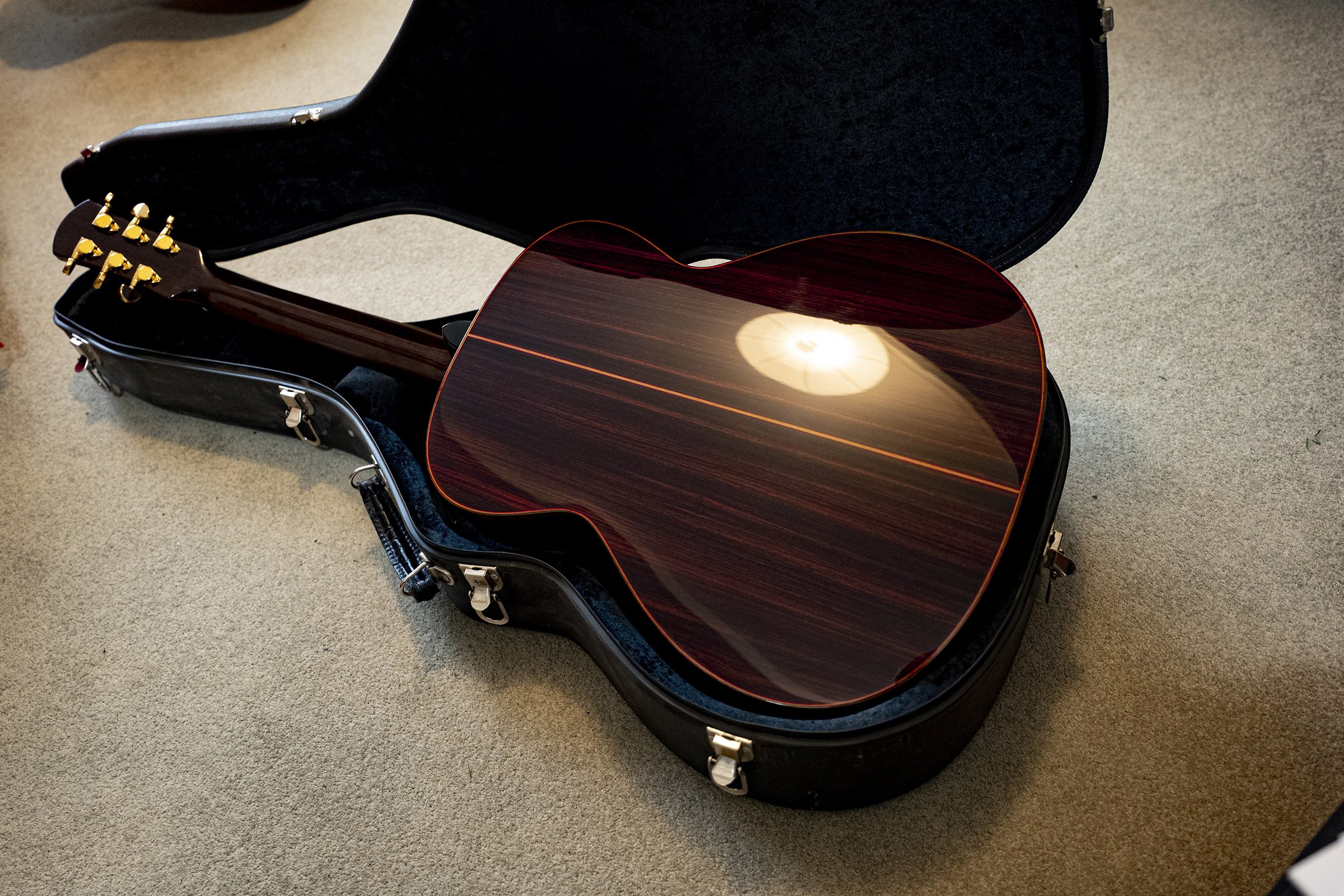 Click for full size image
Click for full size image